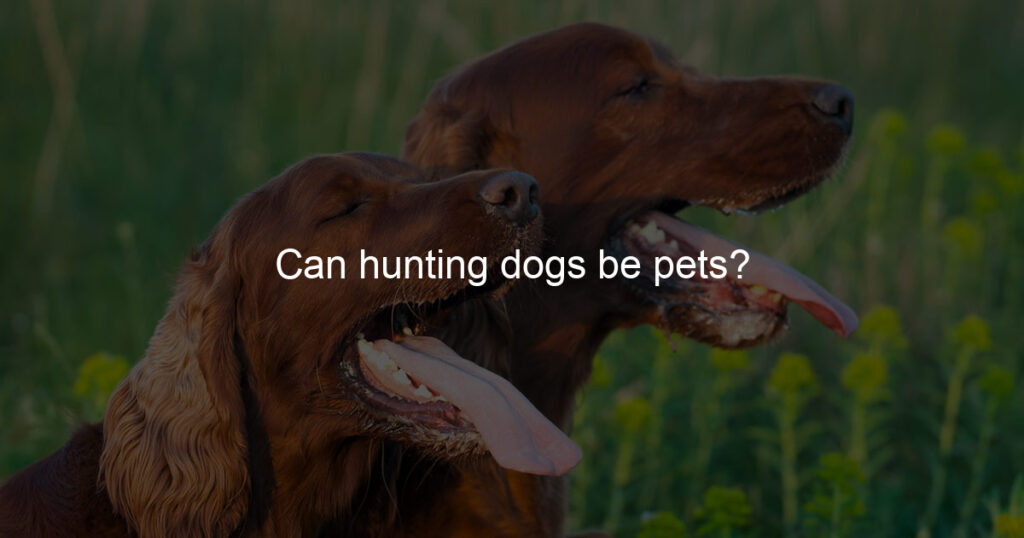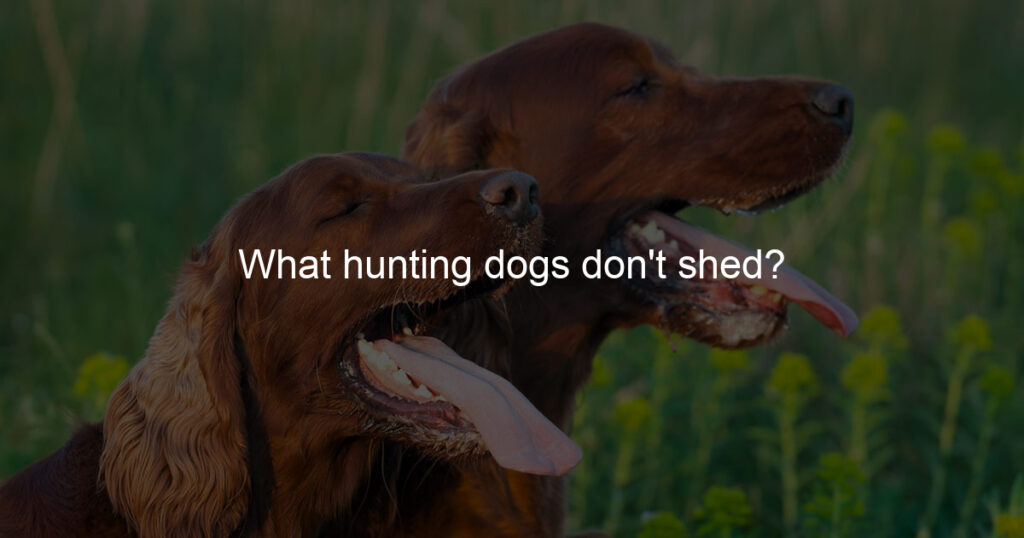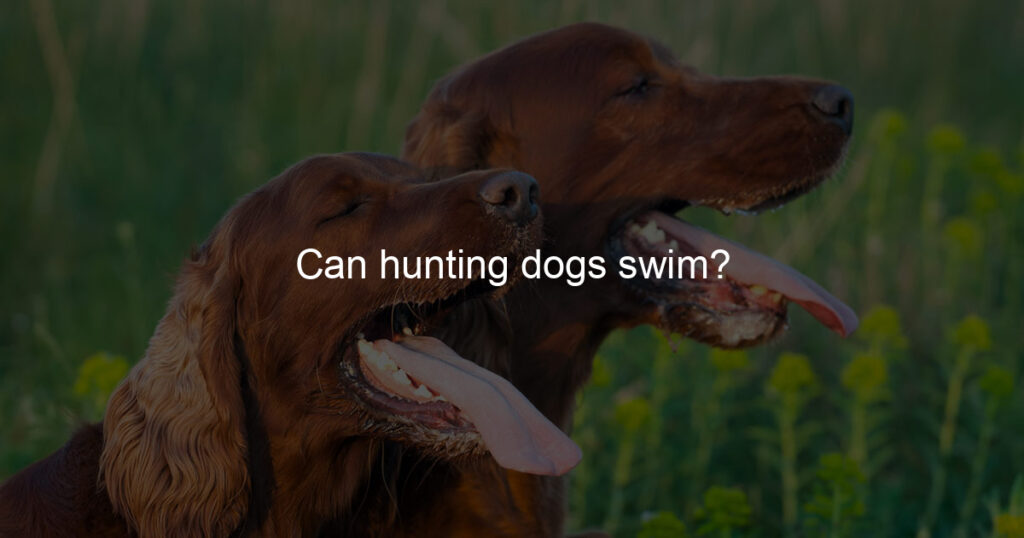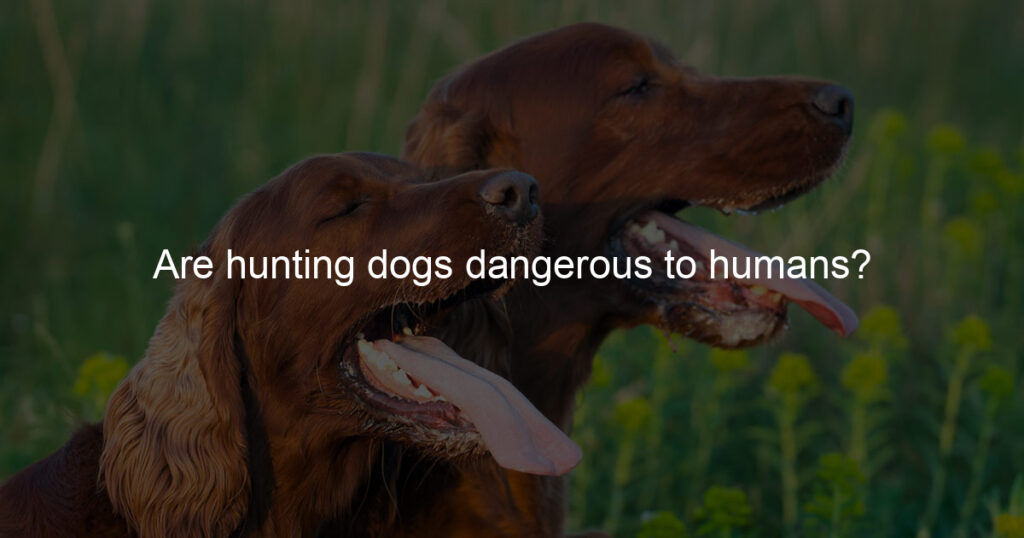With hunting season just around the corner, now is the time to start thinking about getting your dog trained and ready for the field. Whether you’re looking to have a successful deer season or just want to spend some time outdoors with your furry friend, there are a few essential things you’ll need to do to get them ready. In this blog post, we’ll cover some of the basics of hunting dog training so you can be prepared for a successful season. So whether you’re a first-time owner or a seasoned hunter, read on for some valuable tips.
One of the most important things to consider is investing in a good quality dog collar and leash. This will help you keep your pup close by when hunting, as well as provide you with the means to control them if needed. Make sure that whatever type of collar or leash you buy is comfortable for your dog and won’t cause any irritation when worn for extended periods.
Training your pup for hunting is also essential and should include both obedience training as well as teaching them commands specific to the task. Obedience training can help ensure that your dog follows instructions, while commands such as “stop” or “come” are important in an active hunting scenario. It’s also important to teach your pup how to retrieve items, such as a fallen bird or other game.
Finally, it’s important to condition your pup for hunting season by getting them used to long walks and even jogs. This will help build up their stamina so they can keep up with you during a long day of hunting. Additionally, make sure that your pup is well-fed and hydrated before every outing to ensure they’re in peak performance.
By taking the time to properly train and condition your pup for hunting season, you can rest easy knowing that your furry friend will be ready for the field. With a little bit of planning and dedication, you’ll have no problem enjoying an amazing hunting season with your pup by your side.
What is the best material for hunting dog collars?
When it comes to hunting, having the right equipment is key. That includes having the right collar for your hunting dog. Different materials are available, but some offer greater durability than others. Leather is a good choice—you can find it in lightweight and durable thick cuts depending on the type of terrain you typically hunt in.
Nylon is also a great choice because of its waterproof nature and lightweight. Both materials are quite comfortable for your dog and offer long-term use if you take good care of them. When buying a new hunting collar for your dog, carefully consider all options to find the best fit for you and your pup.
What commands are used for hunting dogs?
Training your hunting dog can be an extremely rewarding experience. It’s important to understand that all dogs, regardless of breed, can learn with consistency and repetition. Before you can begin, you must become familiar with the commands that are commonly used for hunting dog training.
Some of these commands include “heel,” which is used to keep your dog close to you when on the path; “whoa,” which tells your pup to stay put; “retrieve,” which instructs the dog to pick up a downed bird; and “come,” which gets them back when they wander too far away. With consistent and positive reinforcement, you and your beloved four-legged companion will soon be ready for an exciting day in the field!
What should you not do when training a hunting dog?
Training a hunting dog is no small feat, but with the right approach, it can be an enjoyable process. The most important thing to remember when training your pup is that patience and consistency are key; never be overly aggressive or mean! Set clear boundaries and consistently enforce them. When mistakes are made, reprimand your pup while remaining calm and patient.
Also, remember to reward good behavior appropriately as praise motivates dogs more than rewards do. On the flip side, if you don’t want your dog to exhibit a certain behavior, resist providing treats or other rewards as this only encourages repeating said behavior. If your pup is having trouble with the routine or commands, go slower; Dogs learn at different paces, and pushing too hard leads to frustrated pups! In summary, kindness and positive reinforcement will help you achieve success when training your hunting dog.
How much exercise do hunting dogs need?
Hunting dogs have some of the most active lifestyles among all breeds. They require several hours of physical activity each day to stay healthy and alert. Not only is daily exercise important for these dogs, but it’s also an important part of any training program.
Without proper exercise, hunting dogs can demonstrate restlessness and aggression because they have too much energy that has no outlet. That’s why it’s so important that they get plenty of time to run and play regularly; otherwise, you may end up with an unruly pup who has been unable to release its hunting instinct.
Conclusion: Hunting dog training essentials
Hunting dog training can be a daunting task, so break it down into smaller, manageable chunks. Start with the basics – getting your dog comfortable with the outdoors, introducing them to hunting smells and behaviors, field commands, and retriever practice. As you move forward with their training, incorporate small elements of recall drills and different variables that they may encounter while in the field.
With good consistency in training sessions and plenty of patience, soon you’ll have a furry sidekick ready to join you on your next outdoor adventure! Encourage your pup to continue learning by reinforcing positive behavior when they accomplish tasks. Hunting dog training isn’t easy but is well worth the effort when you see the progress your pup has made.








